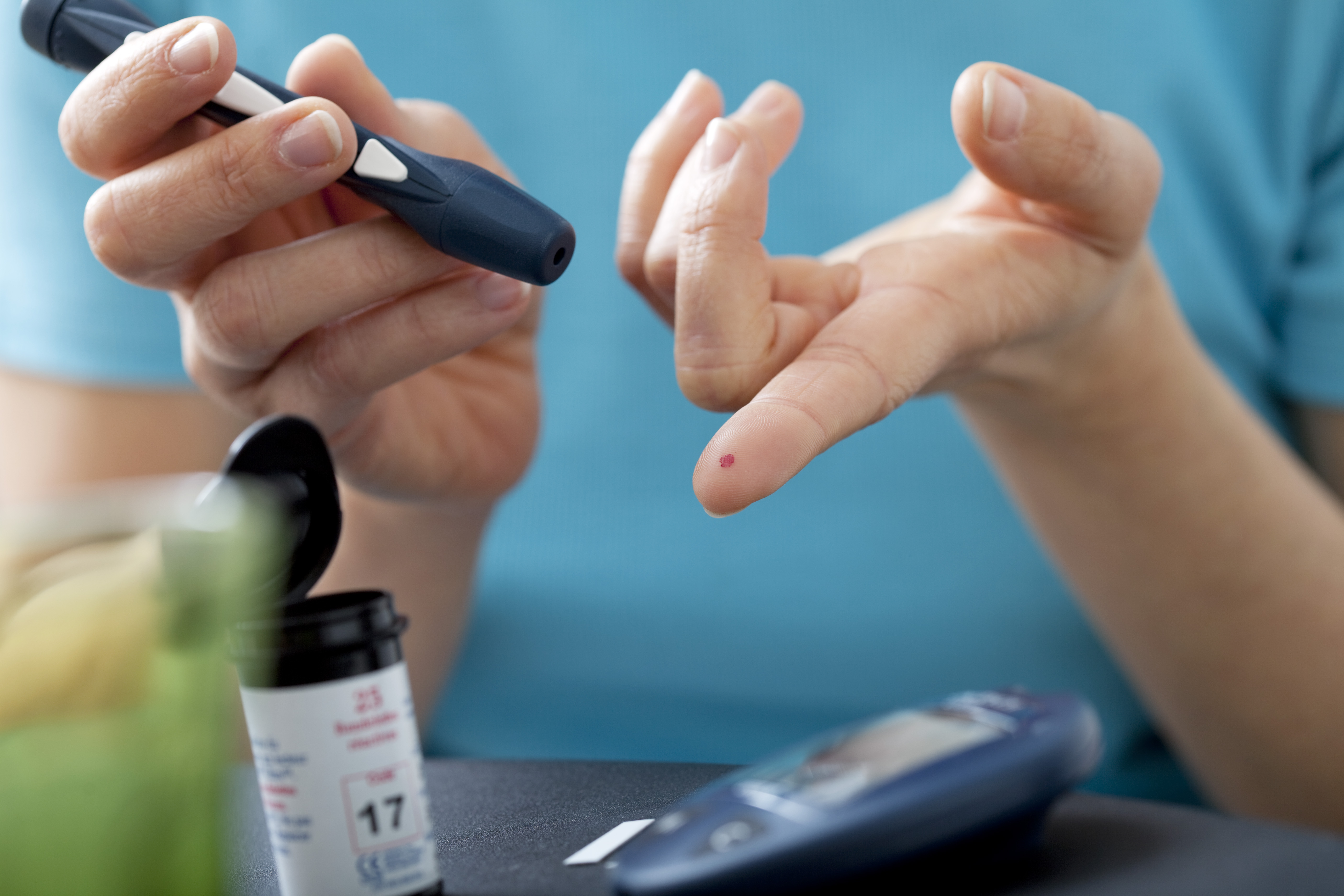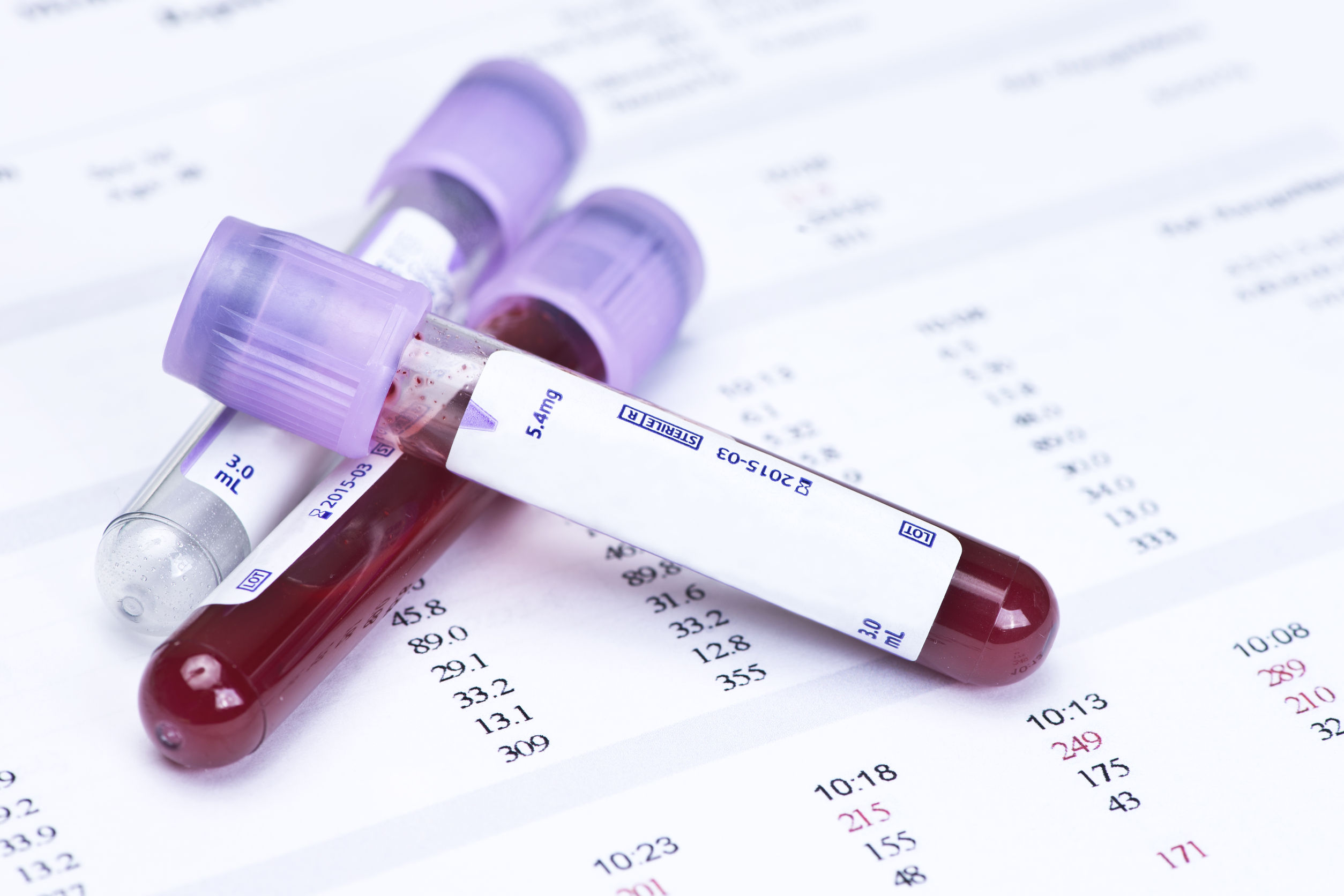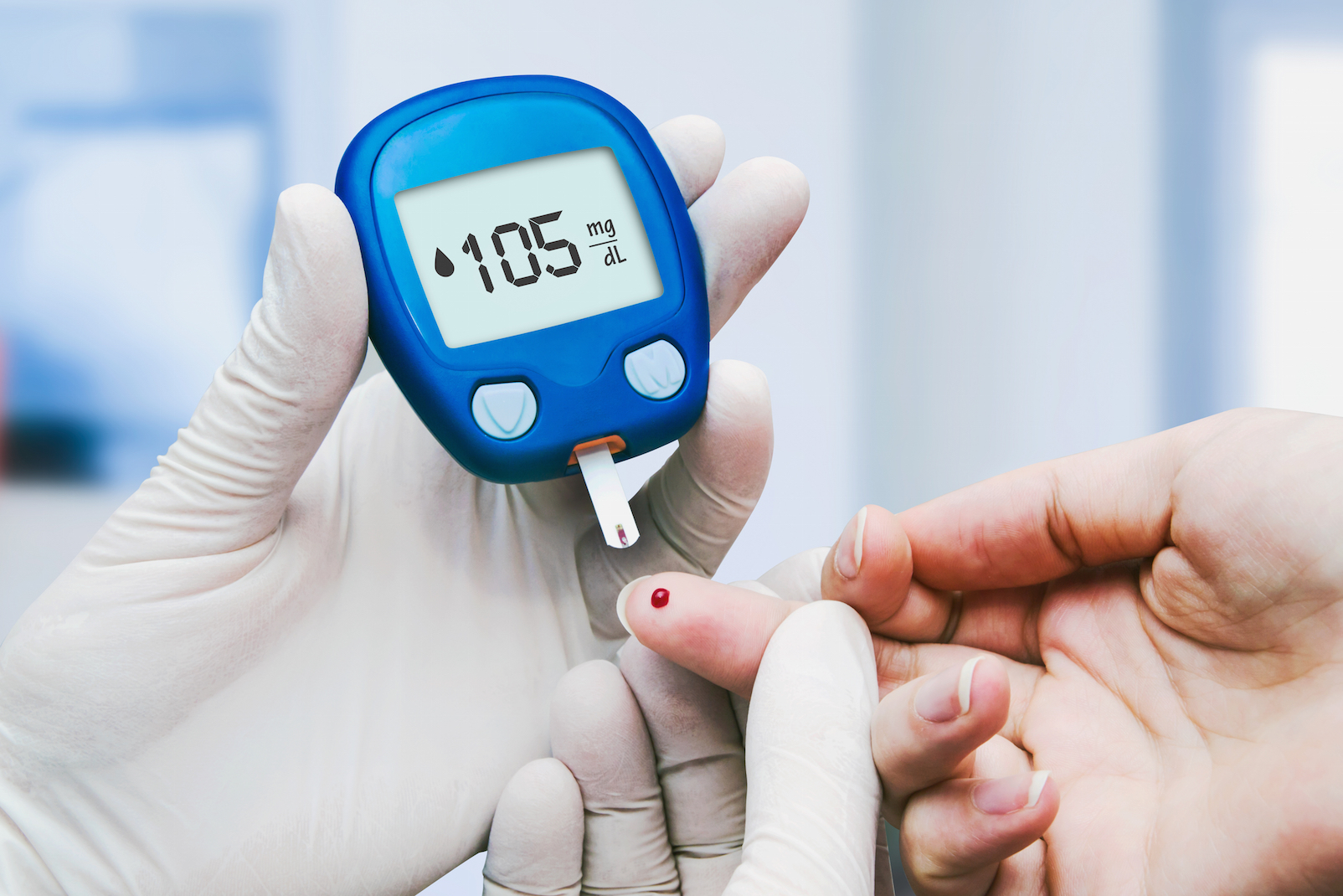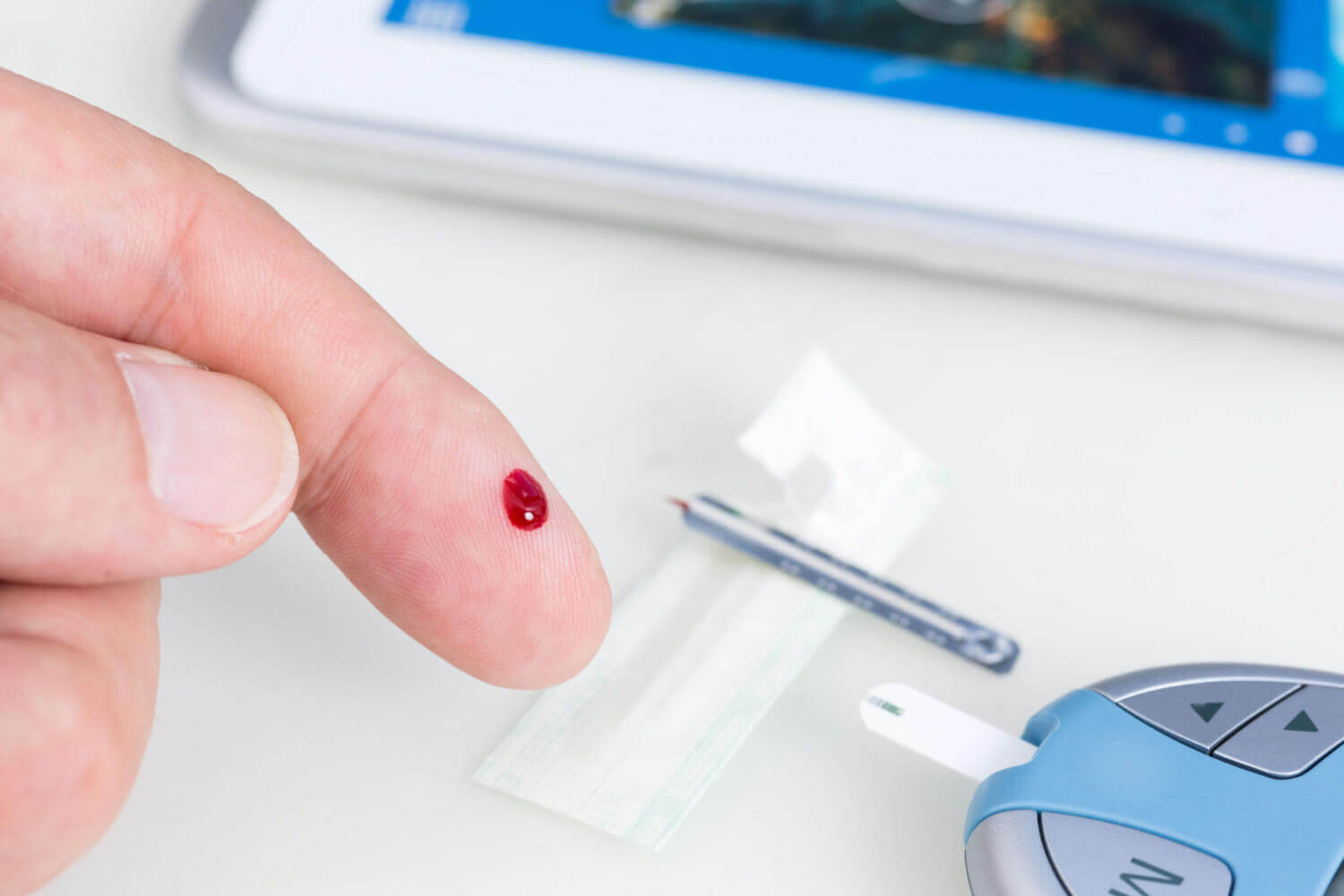Probably everyone has heard of one of the most common diseases of our time - diabetes. The latent phase of a formidable disease (but only 2 types) can be detected several years before the manifestation thanks to tests that show a violation of glucose tolerance.
Material Content:
Causes of glucose tolerance
Likely reasons:
- heart and vascular disease;
- heredity;
- interruptions in metabolism;
- unhealthy diet - abuse of sugary foods high in fast carbohydrates;
- pancreatic disease;
- excess weight;
- sedentary lifestyle;
- high blood pressure;
- taking certain medications that affect the hormonal background.
NTG is very often associated with obesity, characterized by insulin insensitivity and impaired normal glucose uptake by the body. At risk are also people over the age of 50 years. The danger of this condition lies not only in the fact that in the future people with identified disorders are at risk of diabetes, but also in that they are prone to a severe course of even mild ailments.
Symptoms of the disease
Sugar in the morning remains normal, urine tests do not reveal pathology. Therefore, the onset of the disease in most cases goes unnoticed, and the disorder itself is diagnosed by chance.
Over time, a person begins to notice alarming symptoms:
- dry mouth
- excessive sweating;
- weakness;
- feeling of heat in the body;
- increased urination;
- feeling of thirst;
- itchy skin;
- bleeding gums;
- slow healing of wounds and injuries;
- tingling at your fingertips;
- loosening of teeth.
In women, malfunctions of the menstrual cycle are observed. But unfortunately, such signs may indicate the gradual development of diabetes.
In most cases, the initiative to conduct a test belongs to the doctor if he sees that there is any suspicion. Diagnosis is usually prescribed in the following cases:
- second and third trimester of pregnancy;
- the presence of relatives with diabetes;
- obesity;
- hypertension;
- diseases of the cardiovascular system;
- elderly age.
And also people who are found to have high triglycerides in their blood are sent for the test. Unfortunately, in our country almost every third person is overweight, and any second suffers from some kind of heart or vascular disease. For these reasons, very many categories of the population are at risk. All these people need to be more attentive to their health and periodically undergo tests in order to prevent the development of diabetes in time.
Basic diagnostic methods
The glucose tolerance test allows you to clarify the situation and make an accurate diagnosis. You can make it in any laboratory. The study is carried out on an empty stomach. You can’t eat or smoke before taking blood, if necessary, you can drink some water. First, blood is taken from the patient to determine the level of glucose on an empty stomach. Then you need to drink about 250 ml of water with glucose dissolved in it (75 g). Since the drink is very sugary, you can add a little lemon juice to the glass. This will help suppress a feeling of nausea.
After taking a sweet drink, several more blood samples are taken at a certain interval - after 30 minutes, an hour, one and a half and 120 minutes. But most often in laboratories they repeat blood sampling only after 2 hours. This time is enough to determine the presence of violations.
Normal fasting sugar levels are up to 5.5 mmol / L. After 120 minutes after the load, the indicators should not exceed a value of 7.8. If the numbers do not fall below this mark, doctors say a violation of glucose tolerance. This means that the pancreas does not cope with the absorption of carbohydrates, as a result of which the level of sugar in the blood rises. But an accurate diagnosis is made only after two tests on different days to eliminate errors.
In order for the tests to give reliable results, the patient must be in a calm state, not nervous, and 2 days before the test should not take medication.
Quite often there is a violation of glucose tolerance during pregnancy, so such events are almost always included in the list of required studies for expectant mothers.
NTG treatment
Treatment is aimed at normalizing the level of metabolism. The patient should follow the doctor's recommendations, carefully take the prescribed drugs and strictly follow a diet. This requires a lot of willpower and discipline. But the efforts made will not remain in vain: timely therapy and strict adherence to a diet helps either completely avoid the disease, or at least delay its onset for many years.
In the absence of treatment and non-compliance with the advice of a doctor, the violations committed almost always turn into diabetes with all the ensuing negative consequences and complications.
Proper diet
The cause of the problem is a high level of insulin and tissue insensitivity to it. Therefore, it is necessary to remove foods with fast carbohydrates from the menu that stimulate the production of insulin in large quantities. First of all, it concerns sweet drinks, sweets, cakes, other gastronomic pleasures.
To find out the exact list of junk food, you need to familiarize yourself with the table of glycemic indices of food products and exclude from the diet items with high and medium rates.Diet for glucose tolerance is based on such product groups:
- meat fish;
- almost all vegetables;
- certain types of fruits and berries;
- eggs
- nuts, seeds;
- greenery;
- low carb desserts.
This does not mean that such nutrition should be adhered to for life. When all the numbers come back to normal, you can gradually introduce something new into the diet, but do it extremely carefully, constantly monitoring blood sugar. If the introduced component again provokes an increase in glucose, then it must be removed for good.
Physical exercise
This requirement is a very important component. But this does not mean that you need to load yourself with excessive exercises from the first day. For a start, ordinary walks in the fresh air are suitable, then brisk walking, squats, push-ups. It is advisable to practice every day for at least 40 minutes.
Physical activity helps to remove excess weight, as well as improve carbohydrate tolerance. Control over body weight not only prevents the transition of NTG into diabetes, but also reduces the risk of heart attack and stroke.
Drug therapy
In many cases, doctors additionally prescribe drugs that lower blood sugar levels - Siofor, Glucofage. However, you need to remember the main condition - proper nutrition and moderate physical activity, and not taking pills. On a subconscious level, most patients think that the medicine is a magic pill that will just do all the work for them, allowing themselves not to go in for sports and eat like anything.
Preventative measures
It is advisable for people at risk to periodically conduct a glucose tolerance test. Prevention of the disease consists in a healthy diet, control of calories consumed, and mandatory physical exertion.
The health of a patient who has NTG is completely in his hands. In most cases, there is quite a change in the usual way of life adapted to such a violation, which can make people with high self-discipline.

























